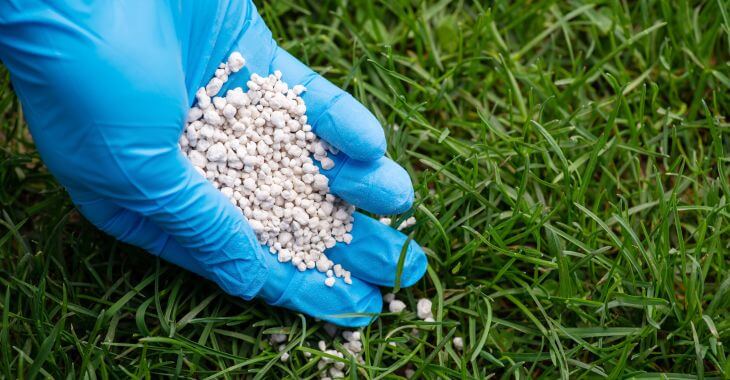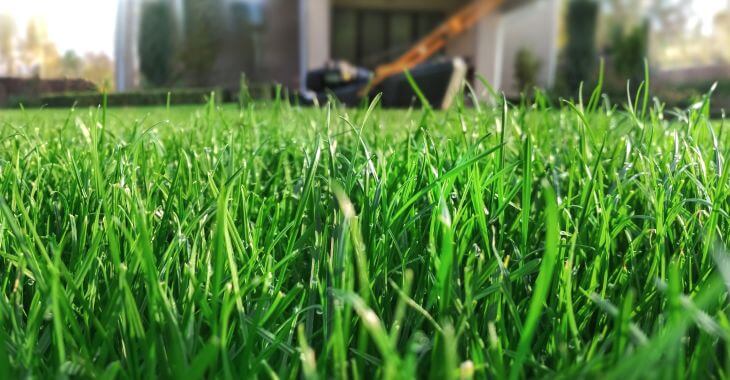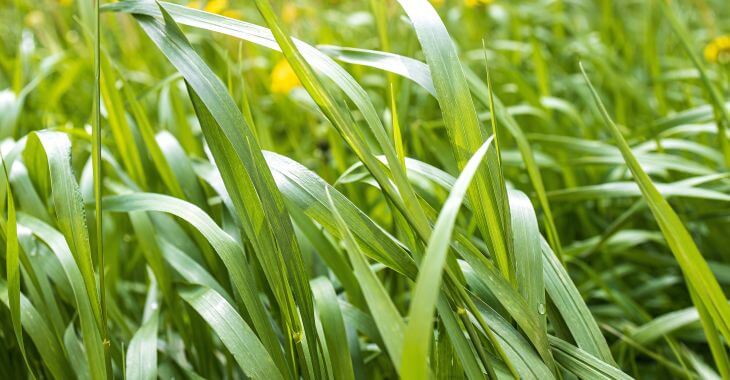The Ultimate Guide on When to Fertilize Lawn: Tips for a Lush and Healthy Yard

A well-fertilized lawn is the foundation of a lush and vibrant yard. However, knowing how and when to fertilize lawn can be confusing for many homeowners. To achieve the best results, it is vital to know when is the best time to fertilize your lawn and how to follow a lawn fertilizer schedule.
In this comprehensive lawn fertilizing guide, we will explore the best time to fertilize your lawn, create a lawn fertilizer schedule and discuss when to fertilize your lawn in spring for optimal results. By following these tips, you can achieve a healthy and beautiful lawn that will be the envy of the neighborhood.
When is the Best Time to Fertilize Your Lawn?
The timing of lawn fertilization plays a crucial role in its effectiveness and overall health. The best time to fertilize your lawn depends on several factors, including the type of grass, climate and soil conditions. In general, the two primary periods for fertilizing lawns are spring and fall.
Fertilizing in spring helps kick-start growth and replenish nutrients after the dormant winter months, while fall fertilization promotes root development and prepares the lawn for winter dormancy. By incorporating both into a lawn fertilizer schedule, you can achieve the best results.
Lawn Fertilizer Schedule
Creating a lawn fertilizer schedule ensures that your lawn receives the nutrients it needs throughout the growing season. Knowing the right time during each season is critical to allow the fertilizer to do its magic. Here is a basic lawn fertilizer schedule to follow for optimal results:
- Early Spring: Apply a balanced fertilizer with a high nitrogen content to promote early growth and green-up. Look for fertilizers labeled as “spring fertilizers” or “starter fertilizers” that contain a mix of fast-release and slow-release nitrogen.
- Late Spring: As the weather warms up and the grass begins to grow more vigorously, consider applying a second round of fertilizer to provide additional nutrients. Look for fertilizers with a higher nitrogen content to sustain healthy growth and green color.
- Summer: During the hot summer months, it is best to avoid fertilizing your lawn, as excessive nitrogen can stress the grass and increase the risk of disease. Instead, focus on proper watering and maintenance to keep your lawn healthy and resilient.
- Early Fall: As temperatures begin to cool down in early fall, it is time to apply a fall fertilizer to promote root growth and prepare the lawn for winter. Look for fertilizers with a higher phosphorus content to support root development and winter hardiness.
- Late Fall: In late fall, apply a winterizer or slow-release fertilizer to provide long-lasting nutrients that will sustain the lawn throughout the winter months. Winter fertilization helps the grass build up carbohydrate reserves and prepare for dormancy.
In essence, the two seasons when it is best to fertilize your lawn is spring and fall. While both have their benefits, spring is generally the best time to boost the nutrients in the soil, but when is the right time to fertilize during the spring season?
When to Fertilize Lawn in Spring
Spring is an ideal time to fertilize your lawn, as it helps kick-start growth and replenish nutrients after the winter months. The best time to fertilize your lawn in spring is when the soil temperature reaches around 55 to 60 degrees Fahrenheit, and the grass begins to actively grow.
The right time to fertilize typically occurs in early to mid-spring, depending on your location and climate. In the warmer regions, this can be as early as March, while colder climates may need to wait until late spring, usually May or early June.
Tips for Spring Lawn Fertilizing
Before fertilizing your lawn in spring, it is essential to assess its current condition and nutrient needs. Consider conducting a soil test to determine any deficiencies and select a fertilizer that addresses those specific needs. Look for a balanced fertilizer with a higher nitrogen content to promote healthy growth.
When applying fertilizer in spring, it is essential to follow the manufacturer’s instructions carefully and avoid overapplication. Excess nitrogen can lead to rapid growth, increased mowing frequency, and potential nutrient runoff.
It is also important to apply fertilizer properly. Use a broadcast spreader to ensure even coverage, and water the lawn thoroughly after fertilizing to help activate the nutrients and prevent burning.
Fertilizing your lawn at the right time and with the proper nutrients is essential for maintaining a healthy and vibrant yard. By following a lawn fertilizer schedule and knowing when to fertilize your lawn in spring, you can promote healthy growth, lush green color, and overall resilience.

Remember to choose fertilizers tailored to your lawn’s specific needs, follow application guidelines carefully and monitor your lawn’s progress throughout the growing season. With proper fertilization and maintenance, you can enjoy a beautiful and thriving lawn year-round.

